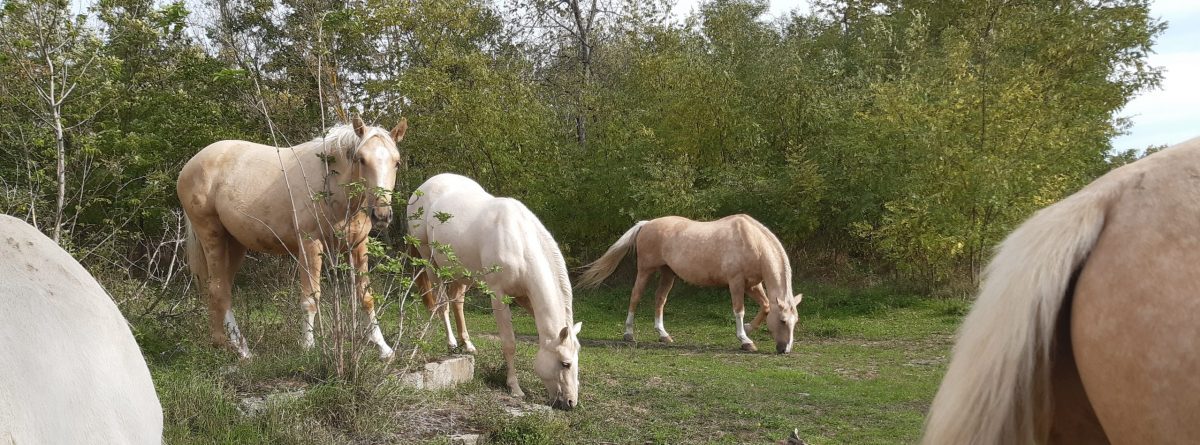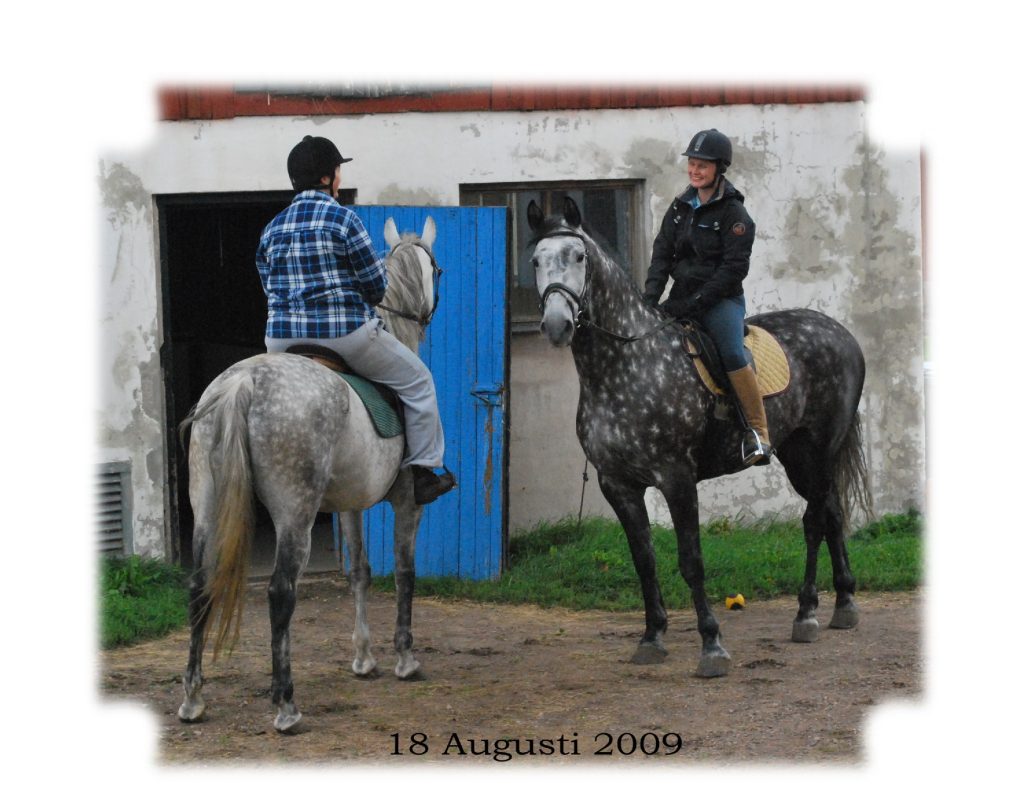One of my experiences… yes, now I’m writing about myself again, but it seems like my memories also evoke memories in others, so here it goes:
Yes, curiosity has been my greatest asset, so I’ve done a lot in my life. I’m extremely grateful for having been able to experience all the things I have, but sometimes it has also required me to go quite far out of my comfort zone. My husband often says that I have ADHD, and he might be close to the truth 🙂
In 1978, I was 20 years old and hadn’t yet obtained my driver’s license. I wasn’t much into cars and thought I managed perfectly fine without one, so it was somewhat of a principle thing. It was probably mostly because my boyfriend insisted on teaching me to drive (everyone was supposed to have a driver’s license), and I managed to make his Lada jump in place after releasing the clutch a bit too early. It took a while before we managed to stop it because we were laughing so much that we couldn’t concentrate on turning off the car. I have this thing that when I’ve said I’ll accomplish something, I will, and so it was easier to say that I didn’t need a driver’s license.
However, I had to change my decision when I received an offer… If I could get my driver’s license and drive a guy to Hungary to watch the World Championships in four-in-hand driving, I would get the trip. He even offered to practice driving with me so it would be quick. With a purpose and such a fantastic offer, it wasn’t that difficult for me. I passed both the theory and driving test on the first attempt. Then I could actually pat myself on the back as I took my driving test right in the middle of Copenhagen 🙂
We drove in a Volvo 142, which was very “in” at that time. The Amazon was old-fashioned, so it was a real luxury ride 🙂 I drove almost 140 km on the German autobahn with my six-week-old driver’s license. This was before the fall of the Berlin Wall, so we saw the high fences at the borders and drove past Austria to avoid going through East Germany. It wasn’t much better at the Hungarian border, where they carried machine guns and checked all cars. You also needed a visa to enter the country. I often think about how different it is today and that the EU has actually done something good in its time.
It was worse when we arrived in Budapest with three lanes in each lane and a multitude of one-way streets. We saw one of the bridges three times from each direction before finding the way to the hotel. Believe it or not, there was no GPS. You had a map that you unfolded in the car so you couldn’t look out sometimes, and that’s how we made it to the hotel.
The event with the four-in-hand driving took place outside a town called Kecskemét. It was about 50 km from the hotel in Budapest, so we drove there every day and didn’t miss a second 🙂 It was an absolutely fantastic show and well worth all the effort. Watching the Hungarian folk dancers, the demonstration of Hungarian post, driving with all the different teams. Hungarians are incredibly skilled drivers, and they often use Lipizzaner horses, which are fast and easy to train.
Of course, we also watched the arrival and could talk to some people, which we did. You have to seize the opportunity, and you know, curious me 🙂 This led Christer Pålsson, who represented Sweden, to hear that we had driven all the way from Sweden to experience this, so we were allowed to sit in his carriage. In the picture, I’m wearing a white shirt, and we even got to go for a ride! It was the first time I sat in a carriage with four horses in front. I also petted Prince Charles’ horses and said hello to him. They were huge, not under 180, it was incredibly impressive.
I really liked Hungary back then, even though those who lived here probably didn’t have it so good, but as I said, it’s completely different today. We made it back home again, as you can see I’m still alive, and I’ve made the trip many times since then. Nowadays, I live in Hungary, and perhaps it was my first visit here that made an impression on me. Who knows?











